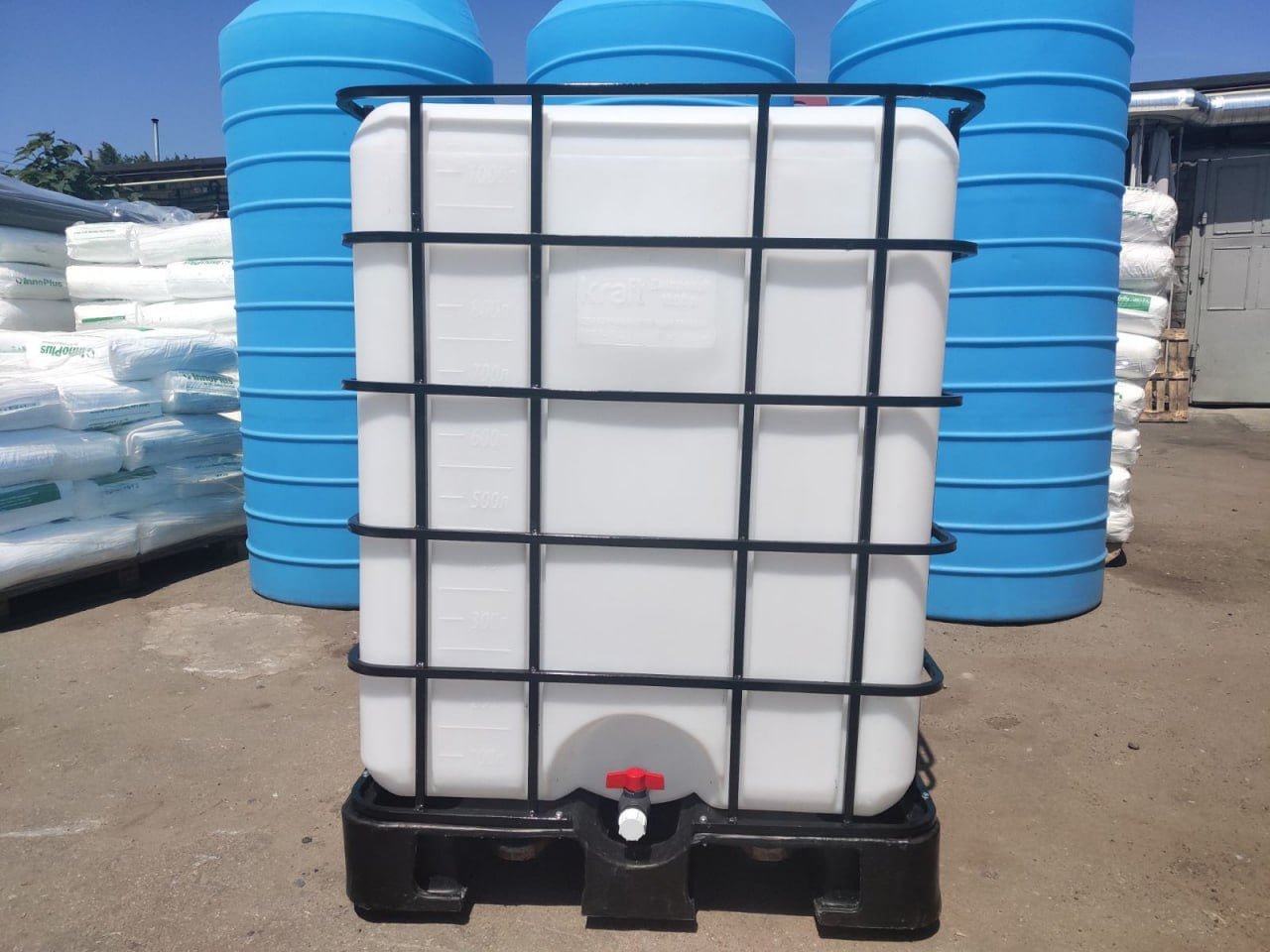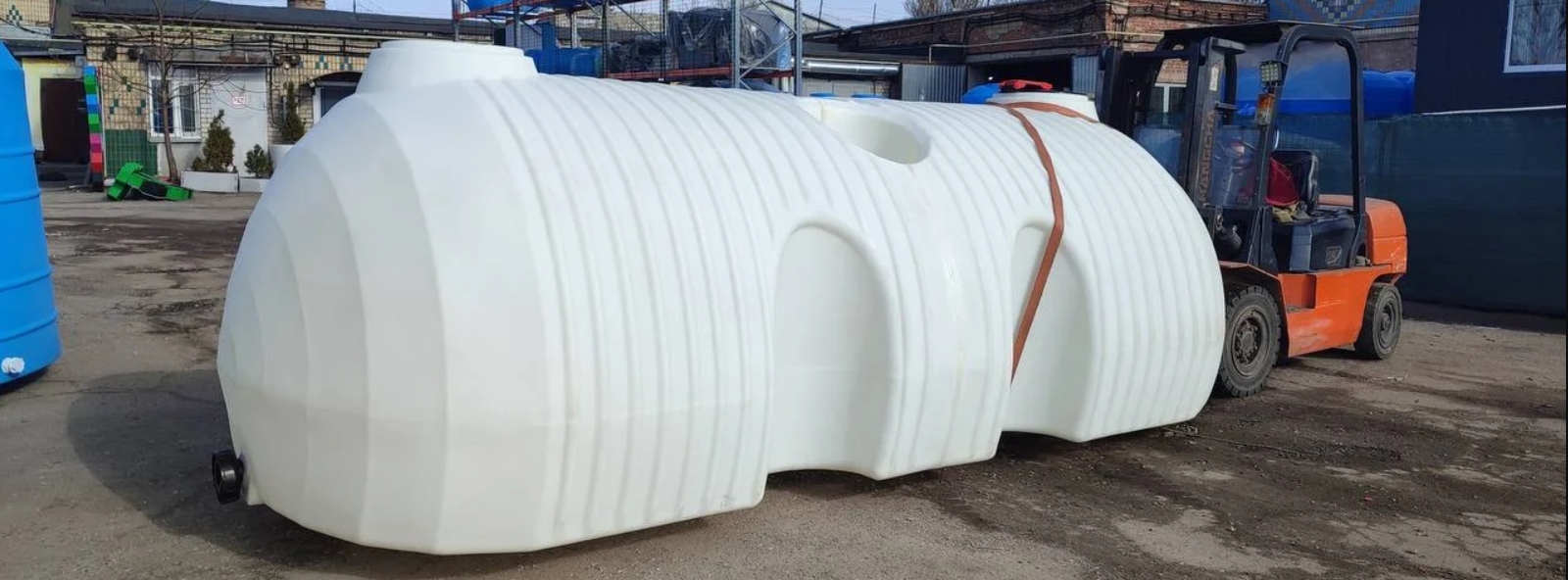Write a text – How to choose containers for chemical reagents and chemical substances

Chemical reagents and chemical substances play a vital role in modern science, industry and everyday life. They are used in laboratory research, drug production, agriculture, construction. Chemical reagents participate in various production processes. Working with them requires strict safety precautions, as they can pose a threat to human health and the environment if handled improperly.
Storage and transportation of chemical reagents and substances requires compliance with strict standards and regulations. Compliance with container and packaging requirements plays a key role in ensuring safety, preserving the properties of substances and protecting the environment. In this article, we will consider the basic requirements for the use, storage and transportation of chemical reagents and substances.
Chemical reagents and chemical substances: basic concepts
A chemical substance is any compound, element or mixture that has a specific chemical composition and properties. Examples of chemical substances include water (H2O), ethanol (C2H5OH), sodium chloride (NaCl).
Chemical reagents are substances intended for use in chemical reactions or laboratory experiments. They are divided into different categories, such as organic, inorganic, analytical and technical reagents.
Applications
Chemical reagents are widely used in a variety of life segments.
Science and education
Research institutions and universities use chemical reagents to conduct experiments. Simple substances are used to demonstrate chemical reactions in schools.
Medicine, pharmaceuticals, veterinary medicine
Reagents are used to synthesize active pharmaceutical ingredients. Analytical reagents are used in clinical laboratories to help identify diseases in humans and animals.
Industry
Industrial chemicals are used to create plastics, dyes, fertilizers and other materials. They participate in various reactions and help improve or change the final characteristics of products. In electronics, pure substances are used to create semiconductors.
Agriculture
Agriculture is one of those industries that most widely uses chemicals and reagents. They are used in the production of fertilizers. For example, chemicals that stimulate plant growth are added to fertilizers. Chemical reagents are also part of pesticides, which are specially produced to protect plants from pests.
Household chemicals
Another area of activity where chemicals are actively used is the production of household chemicals and disinfectants. Detergents, bleaches, and cleaning agents contain chemical compounds that ensure the effectiveness of use.
Features of Storage of Chemicals and Reagents
At the same time, the use of chemical reagents and substances at enterprises without observing the rules of transportation, storage and use is fraught with serious problems. The danger lies in their potential toxicity, explosiveness, flammability and the ability to cause harmful effects on people and the environment.
Incorrect storage, use or release of such reagents and substances can lead to serious accidents, pollution of water resources and soil, as well as a threat to the health of workers and the population in the surrounding areas. Organizations must strictly adhere to safety standards and conduct regular inspections of equipment and processes to prevent possible emergency situations.
Precautions during storage
Storage rules for chemicals are a complex task that requires the enterprise to strictly comply with regulations and train employees. Proper organization of storage not only reduces risks to human health and the environment, but also contributes to increased production efficiency. Remember that safe storage is the basis for the stable operation of any enterprise using chemicals.
Proper storage of chemicals and reagents is a key factor in preventing possible risks.
Temperature conditions
Substances must be stored at the recommended temperature, for example, in the refrigerator, at room temperature. Special containers must protect the contents from direct sunlight.
Separation by hazard classes
Storage of chemicals must be carried out taking into account compatibility. For example, acids and alkalis, which can enter into a dangerous reaction if accidentally interacted, must be stored separately.
Flammable and explosive substances require special storage conditions. For example, flammable substances must be stored separately from oxidizers.
Ventilation system
Premises for storing chemical reagents must be equipped with good ventilation to prevent the accumulation of hazardous vapors.
Protective equipment and emergency measures
Employees who work with reagents must have unimpeded access to personal protective equipment: gloves, glasses, masks.
Storage and use areas must be equipped with fire extinguishers, absorbents and an emergency shower in case of a spill.
Containers for storing chemicals and reagents
Organizing the correct storage of chemicals at enterprises is not only an important part of safety compliance, but also a key aspect of preventing accidents and harm to the environment.

Container material
Special containers for chemical reagents must be used for transportation and storage. The container material must be chemically resistant to the contents. Glass containers for acids, alkalis and organic solvents are rarely used. Their use is limited by the fragility of the container to mechanical impacts and high cost. Metal tanks for storing substances are used even less often, since the requirements for containers imply high corrosion resistance, and some metals are susceptible to destruction under the influence of reagents.
More and more often, enterprises using various chemicals and reagents choose plastic containers as the best option for storing hazardous substances. Polyethylene (PE), polypropylene (PP), fluoroplastic (PTFE) and other polymers are used to store acids, alkalis and some organic compounds everywhere. Containers for chemical reagents made of them are characterized by chemical inertness, strength, lightness, durability and low price. They are easy to store in confined spaces, they are hermetically sealed, and do not come into contact with the contents.
Tightness
The container must be hermetically sealed to prevent leakage, evaporation or interaction of the contents with the environment. Lids must fit tightly and provide a reliable seal. For substances that emit gases, containers with vent valves are used.
Resistance to mechanical damage
This parameter is especially important for transportation. The container must be durable and resistant to impacts, falls and other physical impacts. Plastic or rubber covers are often used to protect glass containers.
Additional equipment
In some cases, it is necessary to use cabinets and containers made of materials resistant to chemicals, which help limit unauthorized access to them. It is also recommended to store containers with reagents on pallets of the appropriate size and install containers to collect leaks or spills.
Chemical Labeling
Correct labeling is the key to quickly and accurately identifying the hazard of a chemical substance. What should be indicated on the container:
- Substance name. The exact name of the chemical substance is indicated based on international nomenclature (for example, IUPAC).
- Hazard class and GHS symbols. The Global Harmonized System of Classification and Labeling (GHS) includes pictograms indicating types of hazards: toxicity, corrosivity, flammability, etc.
- Information about the manufacturer. The label indicates information about the company that manufactured the substance, as well as emergency contact information.
- Manufacture date and expiration date. Indicating this information helps avoid using expired substances.
Special requirements
There are additional requirements for certain groups of substances:
- Flammable substances – the container must be spark-proof and resistant to heat.
- Toxic substances – the packaging must prevent any leaks, including micropores.
- Acids and alkalis – materials resistant to corrosion, such as plastic or glass, are used.
- Cryogenic liquids – containers must withstand extremely low temperatures and be equipped with a pressure reduction system.
Environmental aspects
Modern regulations require the use of recyclable or safe-to-dispose materials. In addition, it is necessary to consider the possibility of reusing the container after appropriate treatment.
Compliance with standards
Containers for chemicals must comply with international and national standards such as ISO, GOST or DOT. This ensures that the packaging is tested for strength, chemical resistance and safety.
Basic precautions for storing, transporting and using chemical reagents
All employees must be familiar with the material safety data sheets (MSDS) and know what to do in case of an accident. Gloves, glasses, respirators and special clothing are mandatory when working with chemicals. Installation of warning and evacuation systems is mandatory.
Responsible persons must regularly inspect the premises and equipment for compliance with safety standards.
Conclusion
Chemical reagents and substances are powerful tools that bring great benefits to humanity. However, their use requires knowledge and responsibility. Selecting suitable containers for chemical reagents and substances is a complex process that requires taking into account many factors: the chemical properties of the substance, storage and transportation conditions, as well as safety and environmental requirements. Compliance with all rules not only ensures the safety of chemicals, but also protects human health and the environment.
It will also be interesting
Do you need a consultation?

Sales Manager
Alexandra
Fill out the form and we will be in touch to answer your questions






